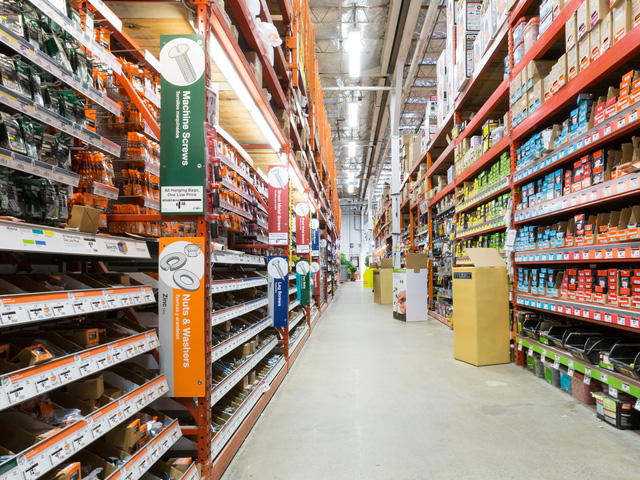Is It Safe and Effective to Use Automotive R134a in a Household Refrigerator?
Understanding R134a Refrigerant: Automotive vs. Refrigeration Applications
The refrigerant R134a (1,1,1,2-Tetrafluoroethane) is widely used in both automotive air conditioning systems and household refrigerators. At first glance, this might suggest that automotive-grade R134a could be a suitable, cost-effective replacement for refrigeration-grade R134a in home appliances. However, important differences exist between these two product types that affect safety, efficiency, and regulatory compliance.
Key Differences in Purity and Additives
While both automotive and refrigeration-grade R134a are chemically identical, the manufacturing and packaging processes differ. Automotive R134a may contain additives, such as lubricating oils or leak detectors, intended for vehicle systems. These additives can contaminate refrigerator compressors and internal components, leading to reduced efficiency or even system failure [1] .
Refrigeration-grade R134a is held to stricter purity standards. It is formulated to avoid impurities that could damage delicate refrigerator components or compromise food safety. The presence of even trace contaminants in automotive-grade R134a could pose risks for household use [1] .
System Compatibility and Operational Safety
Vehicle air conditioning systems are designed to handle certain tolerances and materials that may not align with those used in refrigerators. For example, automotive R134a cans may include adapters, lubricants, or sealants not compatible with refrigerator valves and tubing [3] . Introducing non-approved refrigerant or additives can compromise the seals, leading to leaks or improper cooling performance.
Safety is a priority. Household refrigerators are built for continuous, low-pressure operation and food storage. Introducing substances not intended for this environment could result in poor cooling, component wear, or even chemical hazards if incorrect refrigerants are used [1] .
Legal and Regulatory Considerations
Federal and local regulations often require certified refrigerants and proper technician handling, especially for food-related appliances. Automotive R134a is labeled and sold for automotive use, and purchasing or using it for refrigeration may violate local laws or void appliance warranties [1] . EPA guidelines mandate that only certified technicians handle refrigerants in household systems. Always verify compliance before performing any maintenance involving refrigerants.
Practical Steps: What to Do if Your Refrigerator Needs R134a
If your refrigerator requires a recharge or repair, follow these step-by-step instructions to ensure safety and effectiveness:

Source: envocabulary.com
- Identify the required refrigerant type: Check your refrigerator’s manual or manufacturer specifications. Most modern units specify the exact refrigerant and grade needed.
- Sourcing the correct refrigerant: Purchase only refrigeration-grade R134a from reputable suppliers. Search for local HVAC supply stores or ask an EPA-certified technician for recommendations. You can also look for certified products at major suppliers or request service through your appliance manufacturer.
- Engage a certified technician: Due to regulatory requirements and system complexity, always consult an EPA-certified technician for refrigerant-related repairs or recharges. Technicians have specialized tools, knowledge, and access to compliant refrigerants.
- Do not use automotive R134a unless you can guarantee it contains only pure refrigerant with no additives: Some sources note that pure R134a is technically compatible, but the risk of contamination and legal issues makes this approach inadvisable for most users [5] .
- Dispose of old refrigerants responsibly: Follow local hazardous waste disposal guidelines. Certified technicians can assist in removing and recycling old refrigerants.
Case Studies and Real-World Examples
Consider the example of a homeowner attempting to recharge a refrigerator with automotive R134a. In several documented cases, refrigerators exposed to automotive-grade refrigerant experienced compressor failure and leaks due to incompatible additives [1] . By contrast, those using certified refrigeration-grade R134a under professional guidance restored optimal cooling and avoided costly repairs.
Challenges and Solutions
The biggest challenge is sourcing pure, certified refrigerant and finding reliable service providers. If you encounter difficulty, consider these alternatives:

Source: dreamstime.com
- Contact appliance manufacturers: Many brands offer customer service and certified repair networks. They can guide you to approved service centers and parts.
- Search for EPA-certified HVAC technicians: Use terms like “EPA certified refrigerator repair” or “refrigeration-grade R134a supplier” to locate qualified professionals in your area.
- Review local regulations: Contact your city or state’s environmental agency for guidance on refrigerant handling and disposal.
Alternatives to Automotive R134a
If refrigeration-grade R134a is unavailable, consult a technician about suitable alternatives. Some systems may be retrofitted for newer, eco-friendly refrigerants, but this must be performed by professionals to ensure compatibility and safety. Using improper refrigerant can damage your appliance and potentially create environmental hazards [3] .
Summary and Key Takeaways
While automotive and refrigeration-grade R134a are chemically similar, the differences in purity, additives, and regulatory oversight make it inadvisable to use automotive R134a in household refrigerators. To protect your appliance, ensure compliance, and maintain safe food storage, always use refrigeration-grade R134a sourced from reputable providers and handled by certified technicians [1] . If in doubt, consult your manufacturer or local HVAC professional for support.
References
MORE FROM 9scholarships.de













